Daniel Benalcazar
On the Feasibility of Creating Iris Periocular Morphed Images
Aug 24, 2024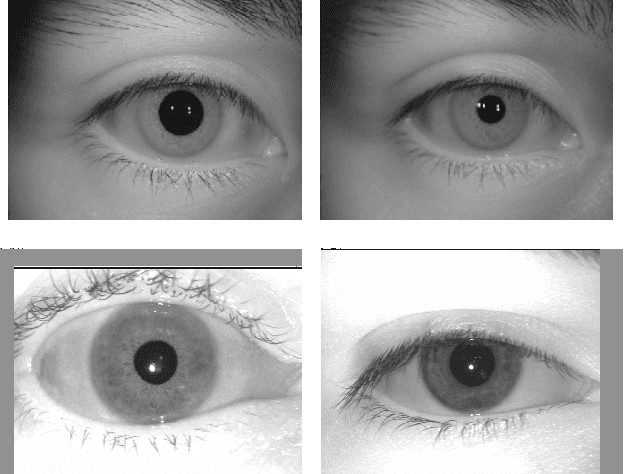

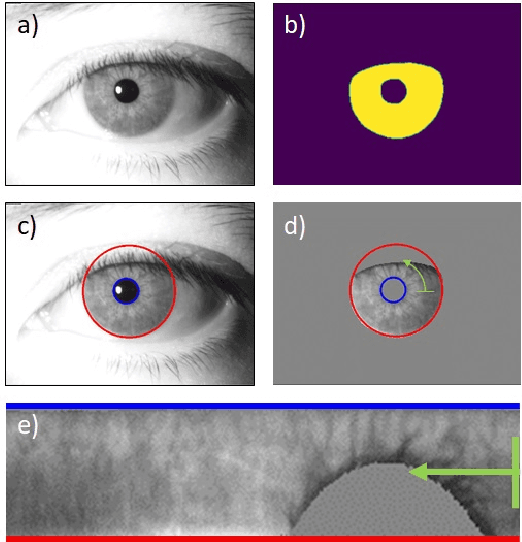
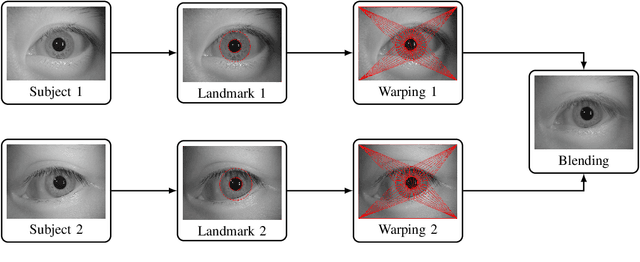
Abstract:In the last few years, face morphing has been shown to be a complex challenge for Face Recognition Systems (FRS). Thus, the evaluation of other biometric modalities such as fingerprint, iris, and others must be explored and evaluated to enhance biometric systems. This work proposes an end-to-end framework to produce iris morphs at the image level, creating morphs from Periocular iris images. This framework considers different stages such as pair subject selection, segmentation, morph creation, and a new iris recognition system. In order to create realistic morphed images, two approaches for subject selection are explored: random selection and similar radius size selection. A vulnerability analysis and a Single Morphing Attack Detection algorithm were also explored. The results show that this approach obtained very realistic images that can confuse conventional iris recognition systems.
Synthetic ID Card Image Generation for Improving Presentation Attack Detection
Oct 31, 2022

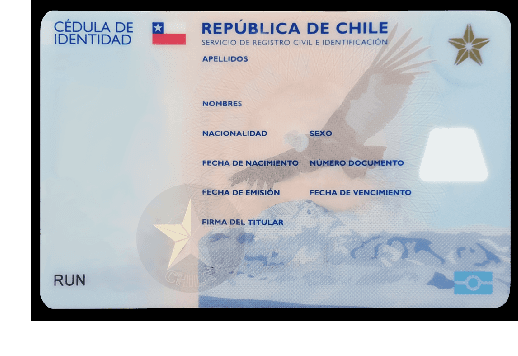

Abstract:Currently, it is ever more common to access online services for activities which formerly required physical attendance. From banking operations to visa applications, a significant number of processes have been digitised, especially since the advent of the COVID-19 pandemic, requiring remote biometric authentication of the user. On the downside, some subjects intend to interfere with the normal operation of remote systems for personal profit by using fake identity documents, such as passports and ID cards. Deep learning solutions to detect such frauds have been presented in the literature. However, due to privacy concerns and the sensitive nature of personal identity documents, developing a dataset with the necessary number of examples for training deep neural networks is challenging. This work explores three methods for synthetically generating ID card images to increase the amount of data while training fraud-detection networks. These methods include computer vision algorithms and Generative Adversarial Networks. Our results indicate that databases can be supplemented with synthetic images without any loss in performance for the print/scan Presentation Attack Instrument Species (PAIS) and a loss in performance of 1% for the screen capture PAIS.
Learning to Predict Fitness for Duty using Near Infrared Periocular Iris Images
Sep 04, 2022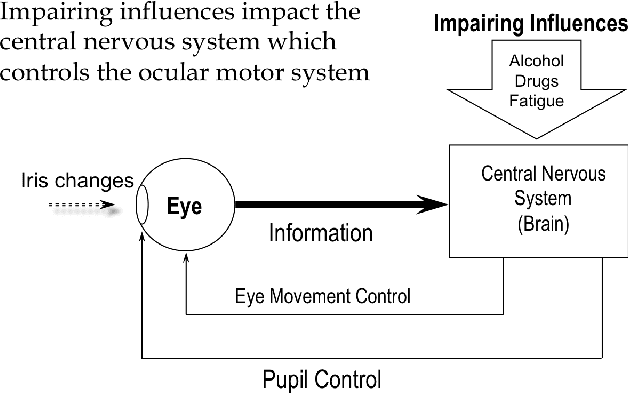

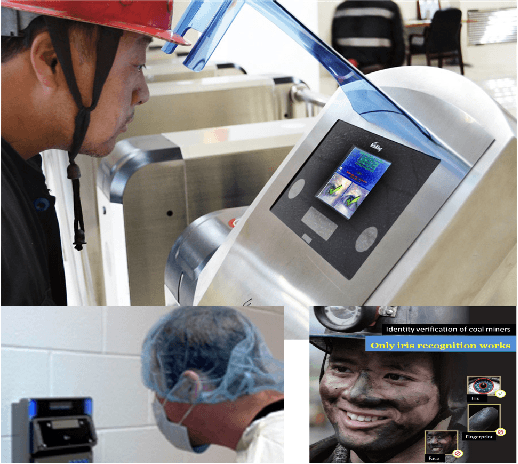

Abstract:This research proposes a new database and method to detect the reduction of alertness conditions due to alcohol, drug consumption and sleepiness deprivation from Near-Infra-Red (NIR) periocular eye images. The study focuses on determining the effect of external factors on the Central Nervous System (CNS). The goal is to analyse how this impacts iris and pupil movement behaviours and if it is possible to classify these changes with a standard iris NIR capture device. This paper proposes a modified MobileNetV2 to classify iris NIR images taken from subjects under alcohol/drugs/sleepiness influences. The results show that the MobileNetV2-based classifier can detect the Unfit alertness condition from iris samples captured after alcohol and drug consumption robustly with a detection accuracy of 91.3% and 99.1%, respectively. The sleepiness condition is the most challenging with 72.4%. For two-class grouped images belonging to the Fit/Unfit classes, the model obtained an accuracy of 94.0% and 84.0%, respectively, using a smaller number of parameters than the standard Deep learning Network algorithm. This work is a step forward in biometric applications for developing an automatic system to classify "Fitness for Duty" and prevent accidents due to alcohol/drug consumption and sleepiness.
Semantic Segmentation of Periocular Near-Infra-Red Eye Images Under Alcohol Effects
Jun 30, 2021

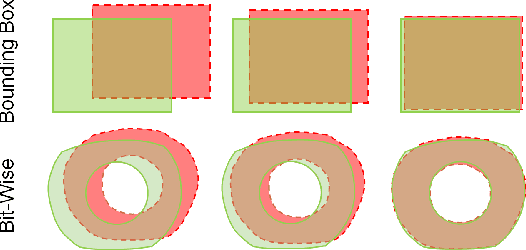
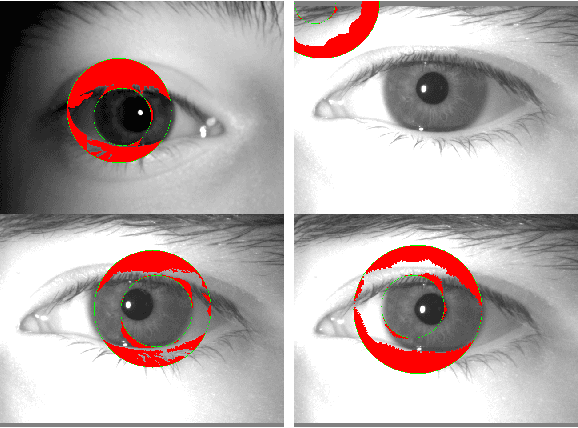
Abstract:This paper proposes a new framework to detect, segment, and estimate the localization of the eyes from a periocular Near-Infra-Red iris image under alcohol consumption. The purpose of the system is to measure the fitness for duty. Fitness systems allow us to determine whether a person is physically or psychologically able to perform their tasks. Our framework is based on an object detector trained from scratch to detect both eyes from a single image. Then, two efficient networks were used for semantic segmentation; a Criss-Cross attention network and DenseNet10, with only 122,514 and 210,732 parameters, respectively. These networks can find the pupil, iris, and sclera. In the end, the binary output eye mask is used for pupil and iris diameter estimation with high precision. Five state-of-the-art algorithms were used for this purpose. A mixed proposal reached the best results. A second contribution is establishing an alcohol behavior curve to detect the alcohol presence utilizing a stream of images captured from an iris instance. Also, a manually labeled database with more than 20k images was created. Our best method obtains a mean Intersection-over-Union of 94.54% with DenseNet10 with only 210,732 parameters and an error of only 1-pixel on average.
 Add to Chrome
Add to Chrome Add to Firefox
Add to Firefox Add to Edge
Add to Edge